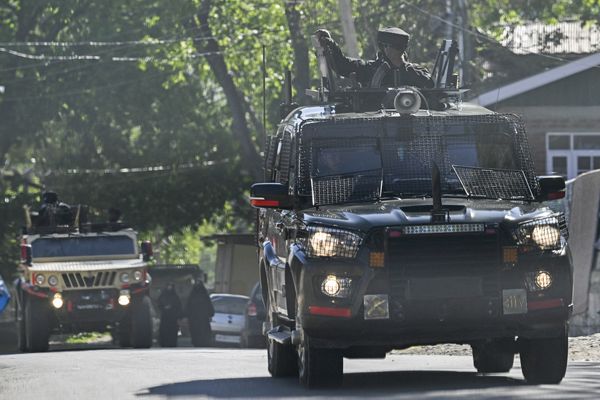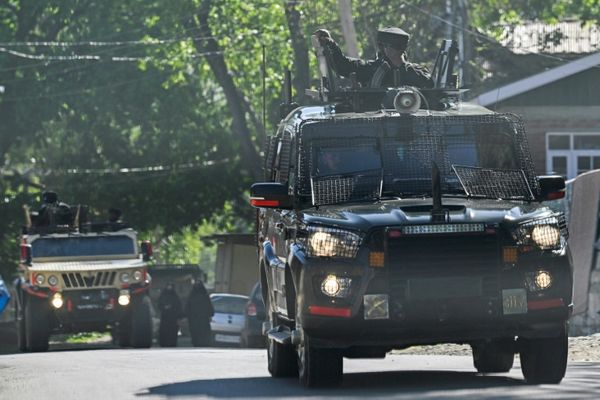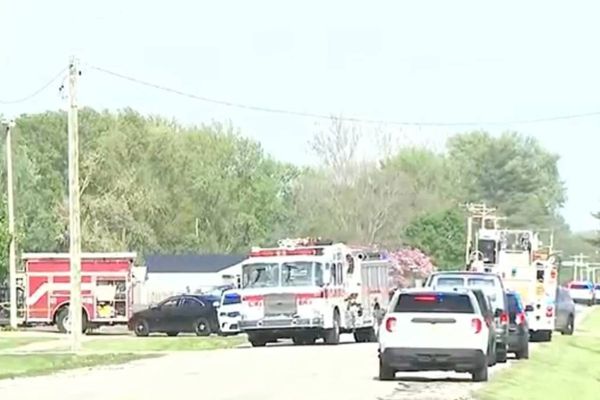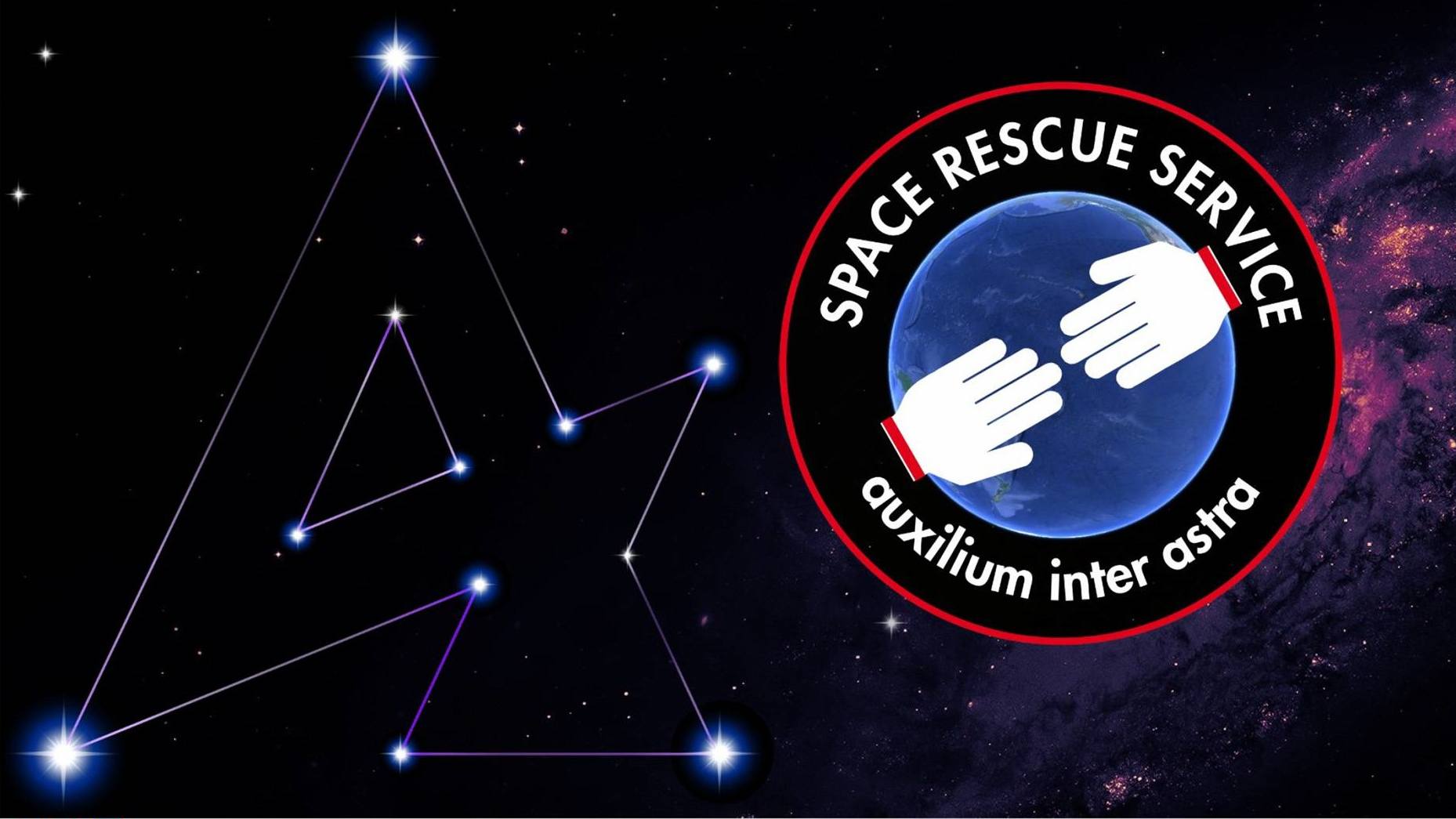
All those eye-catching, arguably clickbait headlines of bringing home stranded astronauts stuck in space underscores a worrisome reality: The United States lacks a "go get 'em" capability for in-space rescue.
The lessons of Apollo, Skylab and the space shuttle, with respect to the rescue of astronauts in space, appear to have been forgotten. That memory lapse comes at a time when more folks, from a variety of nations, are flying into space than ever before, many tucked inside commercially built spacecraft.
The recent incident involving the first crewed flight of Boeing's Starliner spacecraft, which suffered thruster issues and helium leaks, is a case in point. And Starliner's mission was a relatively simple one — go up to the International Space Station and back. Private crews have done even gutsier things — conducting a high-altitude spacewalk without an airlock, for example. And they'll continue to up the ante in the near future, rocketing into polar orbit around Earth and even heading off to the moon.
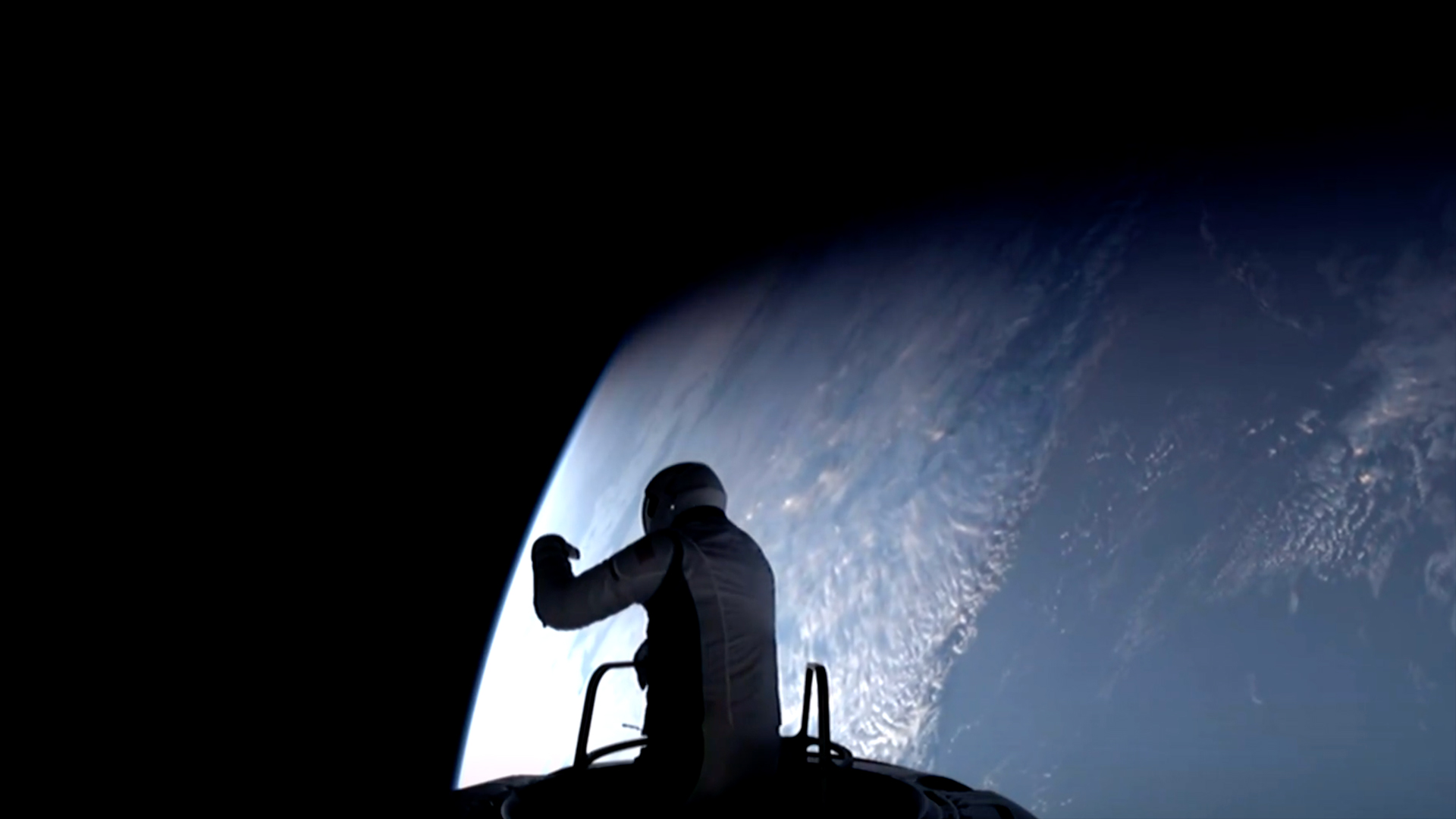
Sense of urgency
"The present posture of not planning for in-space rescue and not having responsive in-space rescue capabilities needs to be addressed before the need for a rescue materializes … not after. The U.S. has the wherewithal to establish space rescue capabilities and to do so with a sense of urgency."
Related: 'Space Rescue Service' needed for coming space tourism era, report argues
That's the view of Grant Cates, a senior project leader for the space architecture department at The Aerospace Corporation. He's also a key team member of the organization's Space Safety Institute.
This past February, on the 21st anniversary of the space shuttle Columbia disaster, The Aerospace Corporation and the think tank RAND brought together industry and government specialists, putting them in a collaborative workshop setting.
The intent was to develop a long-term vision for space rescue and set forth next steps to making it a reality. The two groups have also held in-space rescue sessions at the Accelerating Space Commerce, Exploration, and New Discovery (ASCEND) gatherings held by the American Institute of Aeronautics and Astronautics.
Fall into the gap
"The industry today has, I believe, the capabilities to put in place similar capabilities like we put in place after the shuttle Columbia tragedy to have a rescue capability," Cates told Space.com.
"We have multiple launch pads, multiple launch vehicles and multiple crew-capable vehicles. But we have a gap. We're not planning to do it, and you can't do a rescue on the fly. You have to plan ahead of time," Cates said.
Until the last two years, in general, the topic of space rescue hasn't been discussed much, said Jan Osburg, a senior engineer at RAND. There is a gap, he added — "no mandate, especially for in-space rescue."
Osburg said there's a need for objective analysis before determining the optimum way forward. "I'm personally not convinced that it has to be U.S. government," he told Space.com. "But that remains to be seen."
There is consensus in the community of those looking into in-space rescue that there is, indeed, a gap. "But there is a need, and something needs to happen," Osburg said. "But there has been no agreement on what exactly should happen."
Quick, small and simple
While a plan for saving space travelers in trouble remains in limbo land, the idea of something quick, small and simple, such as a study office with a few people, is viewed as a feasible next step to scope out in-space rescue details, Osburg said.
It would take just a modest amount of money to get that ball rolling.
"That's really peanuts, given the amount of money involved in space overall and also given the amount of damage that could be done if something serious were to happen," said Osburg.
Related: 20 years after Columbia shuttle tragedy, NASA pledges 'acute awareness' of astronaut safety
Mitigate catastrophe
Cates of The Aerospace Corporation senses an industrial-strength possibility.
"There's nothing that prevents industry from taking voluntary actions. I believe that they have the capability today to put in place at least a modest partial rescue capability to help mitigate some of the risks going forward," said Cates.
"Ultimately, I think we need congressional legislation to authorize an agency of the federal government to take the lead in in-space rescue," Cates said. "And then appropriate some amount of funding to make that happen. Right now, we don't have that."
Cates added that not all situations that might transpire in space are going to be helped by rescue.
"You may lose the crew and the vehicle so rapidly that nothing could be done," Cates said. "The crew has to be alive. There has to be some amount of time in which we could actually do the rescue. The key to avoiding those is to mitigate the chances of those catastrophes in the first place."
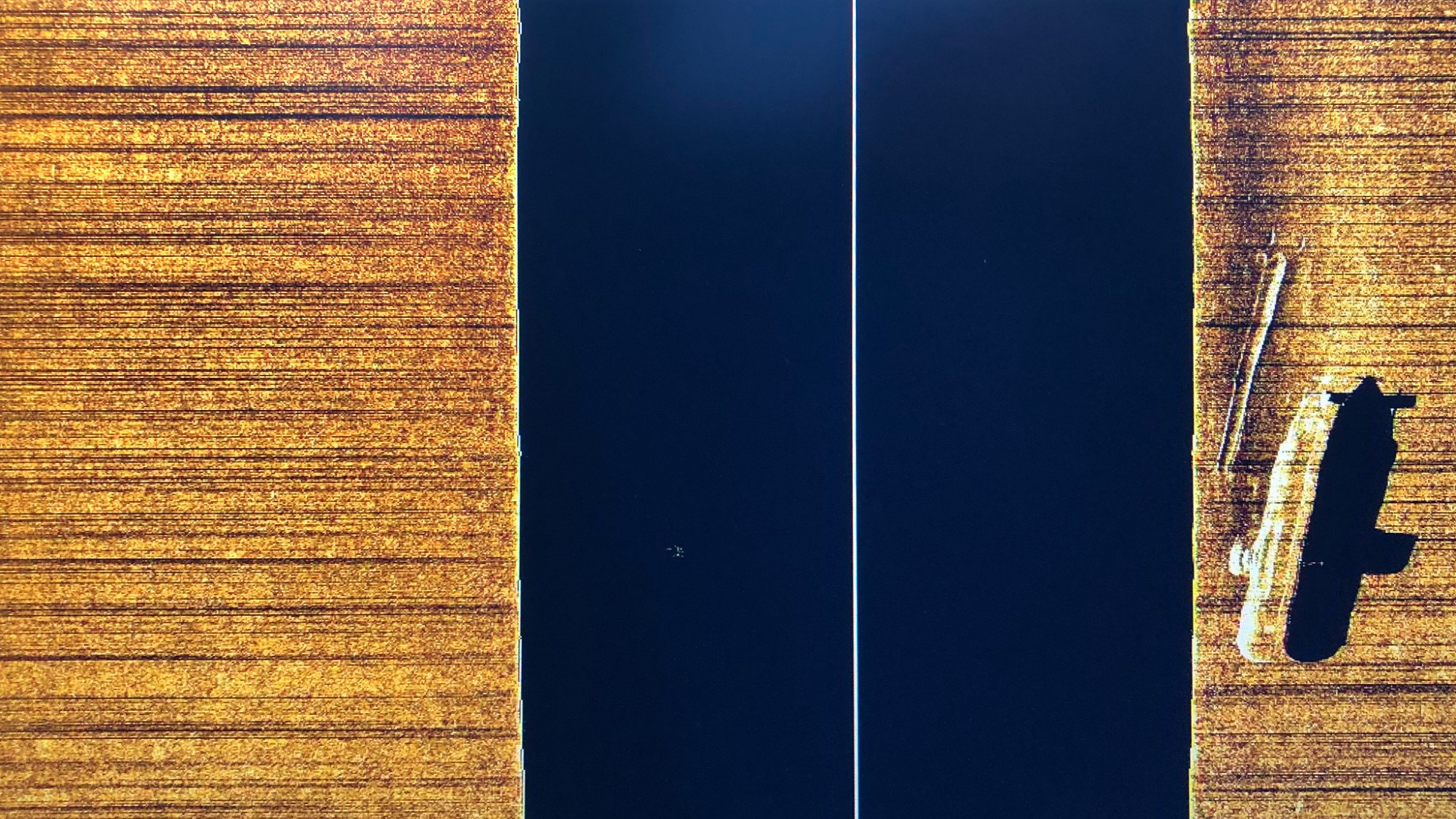
International goodwill
Late last year, Osburg contributed to a RAND policy report on space concepts for the new space era, highlighting the design of a space rescue service, or SRS.
In that appraisal, Osburg noted that experience on Earth has shown that crew rescue in extreme environments is one area in which competitors can find common ground.
Osburg pointed to the establishment of the International Submarine Escape and Rescue Liaison Office. That organization was set up to provide international coordination and response for a distressed submarine.
Osburg's bottom line is this: "A well-designed SRS could greatly reduce the risk associated with human spaceflight missions and thus ultimately encourage the expansion of humanity into space. The country or countries establishing such a capability would not just be able to accrue international goodwill and other reputational benefits, they will also have a greater opportunity to shape space exploration and use for the foreseeable future."


